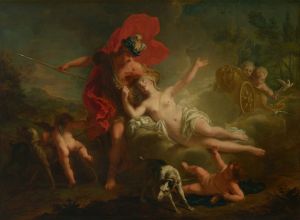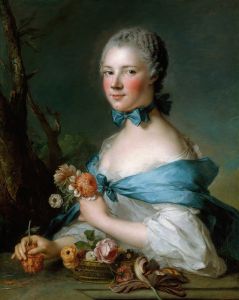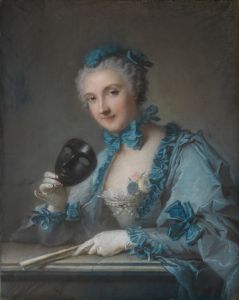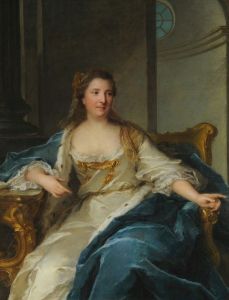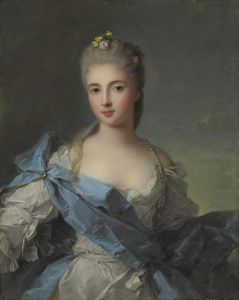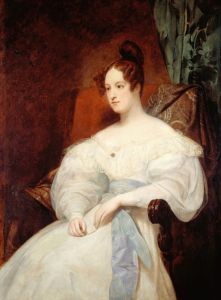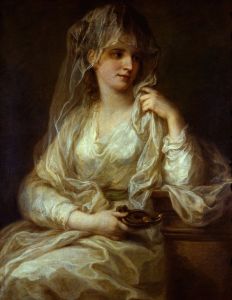
Madame Bergeret de Frouville as Diana
A hand-painted replica of Jean-Marc Nattier’s masterpiece Madame Bergeret de Frouville as Diana, meticulously crafted by professional artists to capture the true essence of the original. Each piece is created with museum-quality canvas and rare mineral pigments, carefully painted by experienced artists with delicate brushstrokes and rich, layered colors to perfectly recreate the texture of the original artwork. Unlike machine-printed reproductions, this hand-painted version brings the painting to life, infused with the artist’s emotions and skill in every stroke. Whether for personal collection or home decoration, it instantly elevates the artistic atmosphere of any space.
Jean-Marc Nattier's painting Madame Bergeret de Frouville as Diana is a notable example of 18th-century French portraiture. Created by Nattier, a celebrated Rococo artist known for his allegorical portraits of women, the artwork exemplifies his skill in blending classical mythology with the refined elegance of his aristocratic sitters. The painting portrays Madame Bergeret de Frouville, a member of the French nobility, in the guise of Diana, the Roman goddess of the hunt, the moon, and chastity.
In this work, Madame Bergeret de Frouville is depicted wearing a flowing, classical-style gown, adorned with attributes traditionally associated with Diana. These include a crescent moon, often a symbol of the goddess, and a quiver of arrows, emphasizing her role as a huntress. The composition reflects Nattier's characteristic style, which combines soft, luminous colors, delicate textures, and an idealized portrayal of his subjects. The sitter's serene expression and graceful pose convey both her social status and the allegorical nature of the portrait.
Nattier's choice to depict Madame Bergeret de Frouville as Diana aligns with the 18th-century French aristocracy's fascination with classical mythology and its use as a means of self-representation. By associating herself with the goddess, Madame Bergeret de Frouville could project qualities such as strength, purity, and refinement, which were highly valued in her social milieu.
The painting is also an example of the broader trend of mythological portraiture during the Rococo period, where sitters were often portrayed as gods, goddesses, or other mythological figures. This allowed artists like Nattier to showcase their technical skill while appealing to the tastes and aspirations of their patrons.
As of today, the painting is held in a private collection, and its exact provenance and history remain less documented compared to some of Nattier's other works. However, it continues to be recognized as a fine representation of his artistic achievements and the cultural context of 18th-century France.






